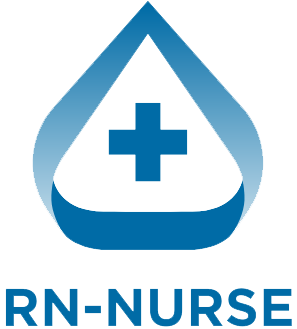Introduction
Electrocardiograms (EKGs or ECGs) are critical diagnostic tools in emergency and intensive care settings. Being able to quickly interpret changes can help nurses and clinicians identify life-threatening issues such as STEMI (ST-Elevation Myocardial Infarction), hyperkalemia, and pulmonary embolism (PE). This article explores the classic EKG changes seen in these critical conditions and how prompt recognition can save lives.
1. EKG Changes in STEMI
A STEMI is a type of heart attack caused by a complete blockage in a coronary artery. Time is muscle — the faster it’s identified, the better the outcome.
Key EKG Signs:
- ST elevation in at least two contiguous leads.
- Reciprocal ST depression in opposing leads.
- Pathologic Q waves (seen later).
- Hyperacute T waves may appear in early stages.
- New left bundle branch block (LBBB) can mask STEMI but still warrants urgent evaluation if symptoms align.
Clinical Tip:
Use the mnemonic “SALAMI” — ST Elevation in Anterior Leads Means Infarction.
2. EKG Changes in Hyperkalemia
Hyperkalemia is a medical emergency due to high potassium levels. It can rapidly progress to cardiac arrest if not corrected.
Progressive EKG Signs:
- Peaked T waves (tall, narrow, symmetric).
- Widened QRS complexes.
- Flattened or absent P waves.
- Prolonged PR interval.
- Sine wave pattern in severe cases.
Clinical Tip:
Hyperkalemia causes the heart to slow down and widen out—be on alert for these widening patterns.
3. EKG Changes in Pulmonary Embolism (PE)
PE occurs when a blood clot blocks a pulmonary artery. It’s a deadly condition, and EKG changes are often subtle but crucial for early suspicion.
Classic EKG Signs:
- Sinus tachycardia (most common).
- S1Q3T3 pattern:
- Deep S wave in lead I
- Q wave in lead III
- Inverted T wave in lead III
- T wave inversions in right precordial leads (V1–V4).
- Right bundle branch block (RBBB).
- Right axis deviation.
Clinical Tip:
While not always definitive, EKG changes in PE support a high clinical suspicion, especially when paired with risk factors like immobility, recent surgery, or cancer.
Why These EKG Changes Matter
Understanding these patterns helps registered nurses (RNs), critical care nurses, and clinical nurse specialists to act quickly, communicate effectively with the medical team, and advocate for swift interventions. Whether you’re a new nurse or an advanced practice registered nurse (APRN), recognizing these changes can significantly impact patient care outcomes.
Final Thoughts
Mastering EKG interpretation in critical conditions takes practice. By focusing on common, high-risk scenarios like STEMI, hyperkalemia, and PE, you can build a solid foundation to detect early warning signs and prevent deterioration.
Keep reviewing case examples, use mnemonics, and never hesitate to escalate findings—your early recognition could save a life.

